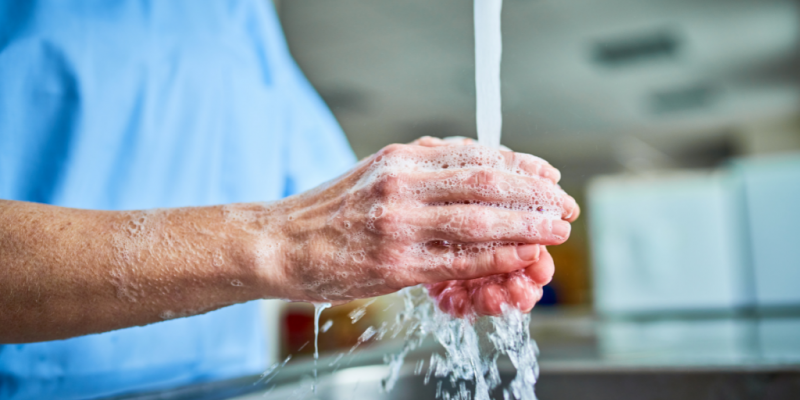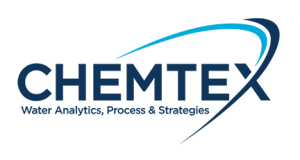
Balancing Water Safety and Efficiency in Healthcare Facilities
Here’s a fun fact: healthcare facilities are the third biggest water consumers in the United States; they consume 7 percent of the water used among all commercial buildings. The fact that many healthcare facilities operate 24/7 contributes to their high usage, along with the fact that they are intensely focused on cleanliness and sanitation, for good reason.
As water and sewage costs rise, healthcare building operators are increasingly motivated to reduce water usage to help the bottom line but they must balance their interest in conservation without any reduction in safety.
There are many complicating factors for healthcare facilities. These buildings typically have extensive climate control needs and very little natural ventilation, so lots of outside air has to be brought in and acclimatized to ensure sufficient air exchange and quality.
It’s a very different scenario from a typical office building. They usually have a huge number of water outlets, nearly every treatment room includes a hand washing sink and sometimes a toilet. They may utilize sterilizing equipment as well as large-scale food production venues and both consume a considerable volume of water.
Because hospitals and similar facilities are frequented by people who are sick and have compromised immune systems, it’s all the more critical that health and safety protocols are observed. This includes minimizing risk from COVID as well as minimizing the risk from Legionella bacteria.
If you’re operating a healthcare facility, reducing water costs is probably on your to-do list, and you know that patient, employee and guest health cannot suffer from any conservation efforts.
The functions of healthcare facilities, as well as water use, can vary widely. Managers should be thoughtful and strategic as they conceive ways to conserve potable water use at the building level.
What’s the ROI on Saving Water?
Conserving water is often largely motivated by the bottom line. However, of the three utilities on which buildings depend (water, sewer and energy), water has historically been the least costly. It’s often the case that low-flow fixtures and other conservation methods reduce water well but the estimated payback may exceed 10 years, so conserving water in this way has often been a low priority.
However, the extensive droughts seen around the world are impacting this calculation. Any commodity that becomes scarce gets expensive, so it’s unlikely water will ever get any cheaper. Plus, the more water you use, the more potential the is for sewer surcharges.
It’s also worth noting that because thorough hand washing has been identified as such a critical healthcare activity, hand washing facilities are exempt from low-flow conservation dictates.


Conserving Potable Water
Many water-hungry functions in buildings utilize potable water, but they don’t actually need to. Savvy operators look for opportunities where non-potable water can take over some responsibilities performed by potable water. Cooling tower makeup is one obvious candidate for non-potable water, which can even include reclaimed water such as recovered condensate at the air-handling units.
Sterilizing Medical Equipment
Autoclave steam sterilizers are commonly employed in hospitals to sanitize medical equipment for reuse, by applying high-temperature steam inside a closed chamber. The cooled steam is typically sent into the drain, but municipalities may limit the temperature of water entering their systems. Hospitals often respond by tempering the autoclave waste water with tap water to cool it before it goes down the drain. This is another good place to use non-potable water such as reclaimed water.
Many of these systems were set up when water seemed almost as free as air, so it’s often possible to significantly reduce water usage by refining the tempering system.
Chemtex Can Help You Maintain a Safe, Economical Water System
Clearly, anyone responsible for a facility must ensure that the water system is as clean and well-maintained as possible, because it’s the right thing to do. When that facility is dedicated to providing health care, the stakes are even higher. The population being potentially exposed is far more susceptible, and CMS (Centers for Medicare & Medicaid Services) is determined to save lives and reduce costs by enforcing better water management.
Talk to Chemtex to find out what your facility needs in a water management program.



/NQA-ISO-9001-Logo-ANAB.jpg)